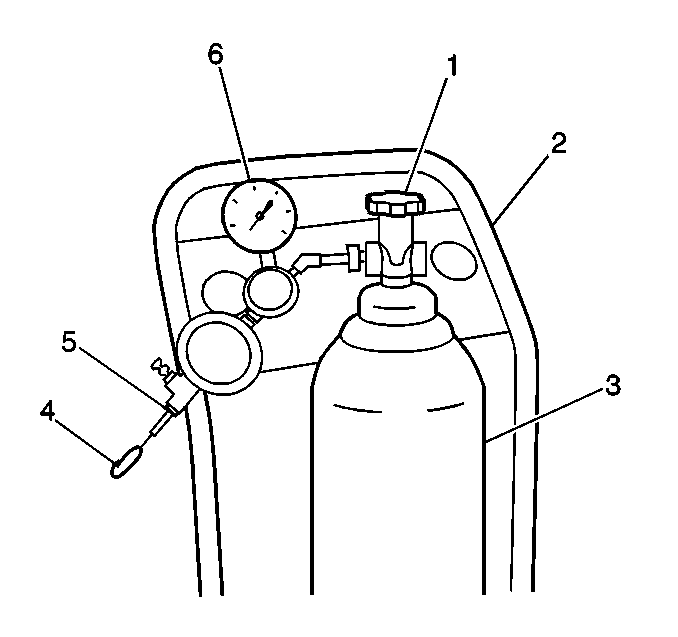The main purpose of the Enhance EVAP system is to prevent fuel vapors
from dispersing into the atmosphere. The Enhanced Evaporative Emission (EVAP)
control system stores vapor generated by the vehicle and regulates its
consumption during normal driving operation. The basic system used on all
vehicles is the charcoal canister storage method. This method transfers
fuel vapor from the fuel tank to an activated carbon (charcoal) storage
device (canister) to hold the fuel vapors when the engine is not operating.
When the engine is running, the fuel vapor is purged from the canister
by intake airflow and consumed during the normal combustion process.

